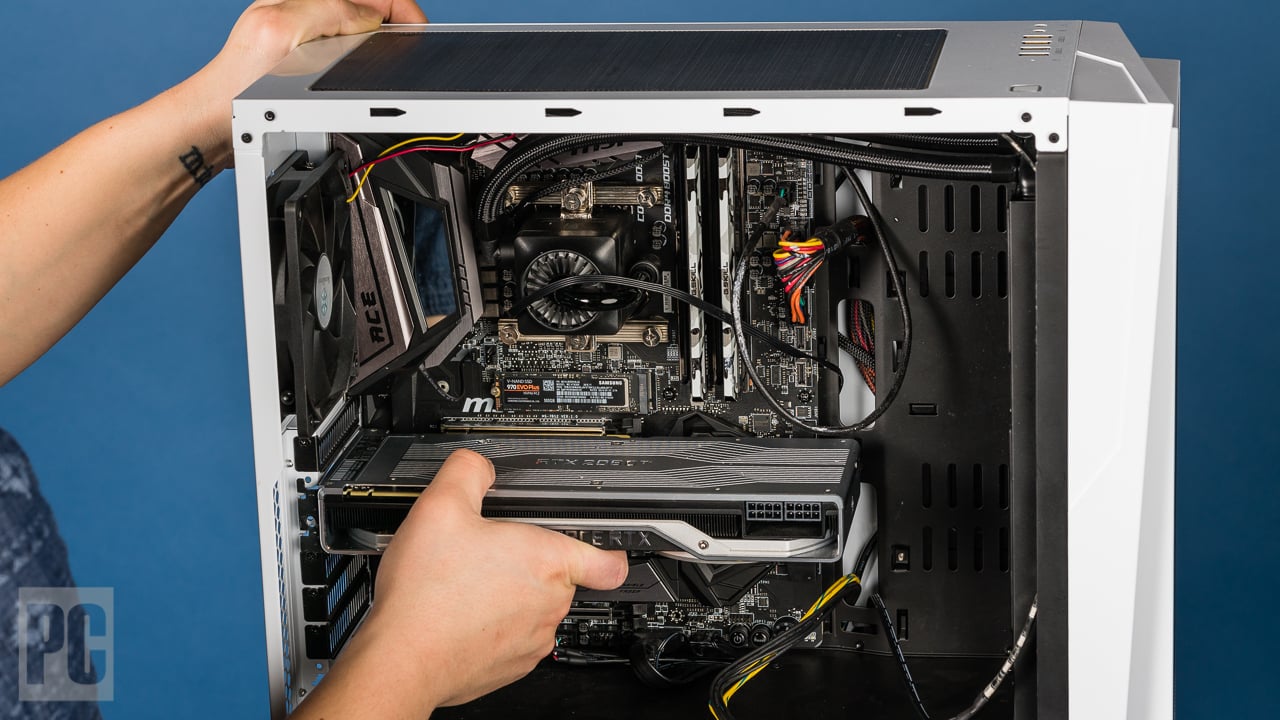When it comes to purchasing a PC with a good graphics card, the market offers a vast array of options that can accommodate various budgets. A suitable graphics card is instrumental for a range of activities from casual gaming and graphic design to video editing and running intensive simulation software. This article aims to guide you through a selection of PCs, highlighting options for budget-conscious buyers, mid-range users, and those looking for a high-end experience. We will delve into essentials for entry-level PCs, value finds in the mid-range segment, premium picks for the best graphics performance, and balancing cost with future-proofing strategies.
Essentials for Entry-Level PCs
Finding Affordable Options
For buyers on a budget, many entry-level PCs come equipped with graphics cards that meet basic needs without breaking the bank. These PCs often feature last-generation or integrated graphics cards that can handle everyday tasks such as streaming video, light photo editing, and running less demanding games. Look for systems with dedicated graphics cards like the NVIDIA GeForce GTX 1660 or the AMD Radeon RX 5500 XT for a decent performance uptick while still considering cost-savings.
Balancing Performance with Price
When selecting an entry-level PC, balance is key. It’s important to find a machine that has a decent CPU and enough RAM alongside the graphics card so that these components don’t bottleneck your system’s performance. PCs in this range might not run the latest games on the highest settings, but they can offer a satisfactory user experience for those with less intensive requirements while adhering to a tighter budget.
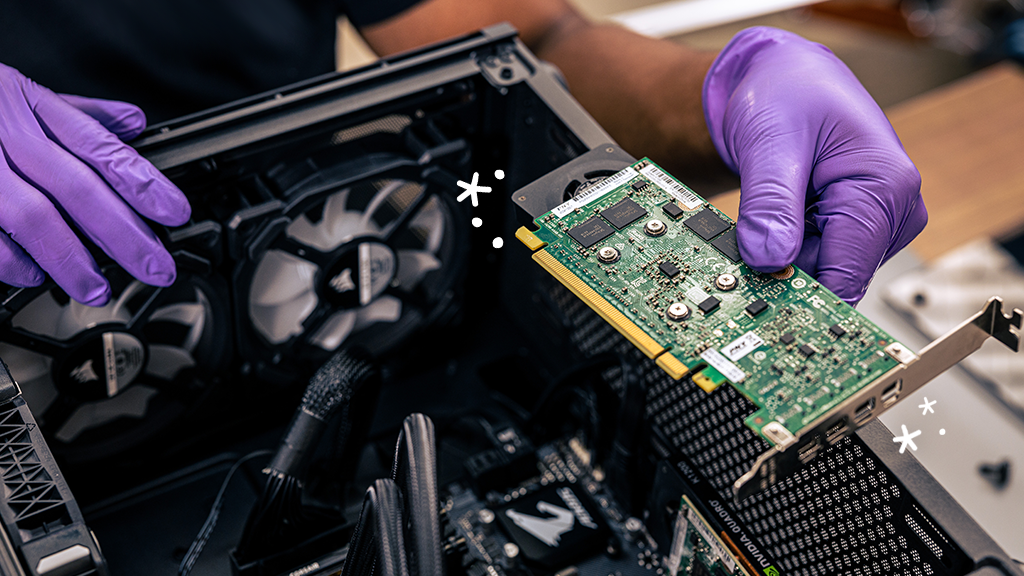
Value Finds in the Mid-Range Segment
The Best Performance-to-Price Ratio
Moving up to the mid-range, buyers can expect to find PCs with more powerful graphics cards that provide a better gaming experience and more robust performance for creative work. This segment offers some of the best value for money, featuring graphics cards like the NVIDIA GeForce RTX 3060 or the AMD Radeon RX 6700 XT. These cards deliver a substantial performance boost, capable of handling high-definition gaming and more demanding creative tasks.
System Balance for Consistent Performance
Even with a stronger focus on graphics, it’s crucial to seek out a balanced system. A mid-range PC should offer a good CPU, at least 16GB of RAM, and solid-state drive storage to complement the graphics card, ensuring smooth multitasking and efficient processing. This segment is ideal for users seeking performance that meets current standards without reaching the peak prices of high-end models.
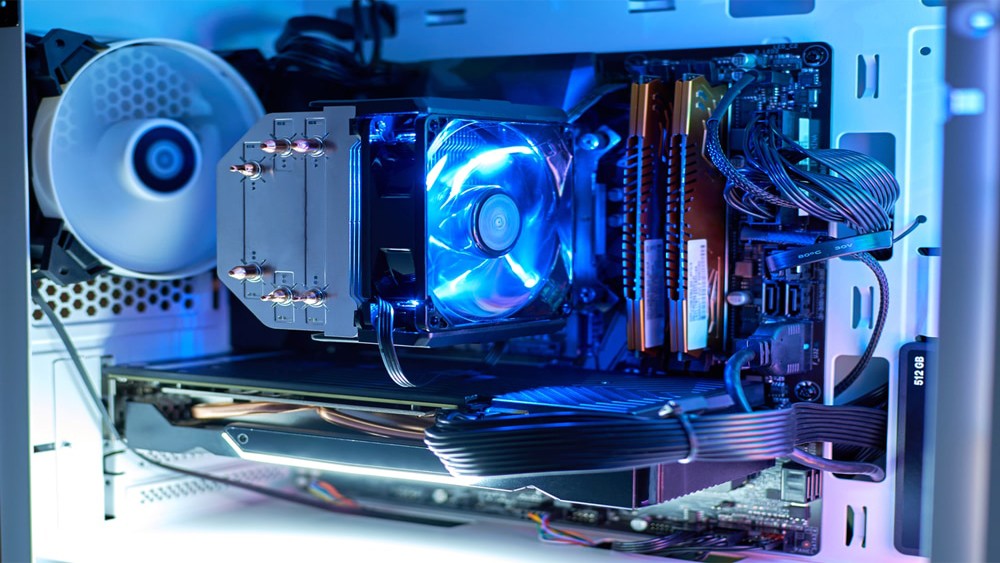
Premium Picks for the Best Graphics Performance
High-End Graphics for Demanding Tasks
For those who require top-tier performance for 4K gaming, VR applications, or professional-grade creative work, the premium PC segment is the way to go. High-end PCs feature graphics cards like the NVIDIA GeForce RTX 3080 or the AMD Radeon RX 6900 XT, which provide cutting-edge performance and stunning visuals. These systems are built to deliver the highest frame rates and the finest detail, with no compromises on quality.
Investing in Future-Proofing
High-end PCs are not only about current capabilities but also about longevity. Investing in a system with a premium graphics card means it’s likely to meet the requirements of new software and games for years to come. Additionally, these PCs often have higher build quality, better cooling solutions, and the potential for future upgrades, ensuring that users get the most out of their investment for as long as possible.

Balancing Cost with Future-Proofing Strategies
Choosing Upgradability
When purchasing any PC, one should consider the potential for future upgrades. Opt for systems with upgradable components to extend the life of your investment. Whether you’re starting with an entry-level system or opting for a mid-range model, ensure there’s a clear path to upgrade the CPU, graphics card, RAM, and storage. This strategy allows you to improve your system’s performance over time in response to evolving requirements, rather than needing to purchase a brand-new machine.
Smart Spending for Long-Term Value
Before finalizing your purchase, assess your current needs and potential future demands. Sometimes, spending a little extra now on a more powerful graphics card can save you money in the long run, as it may delay the need for an upgrade. Conversely, investing in the highest-end graphics card isn’t always the most cost-effective decision if your typical usage doesn’t require that level of performance.
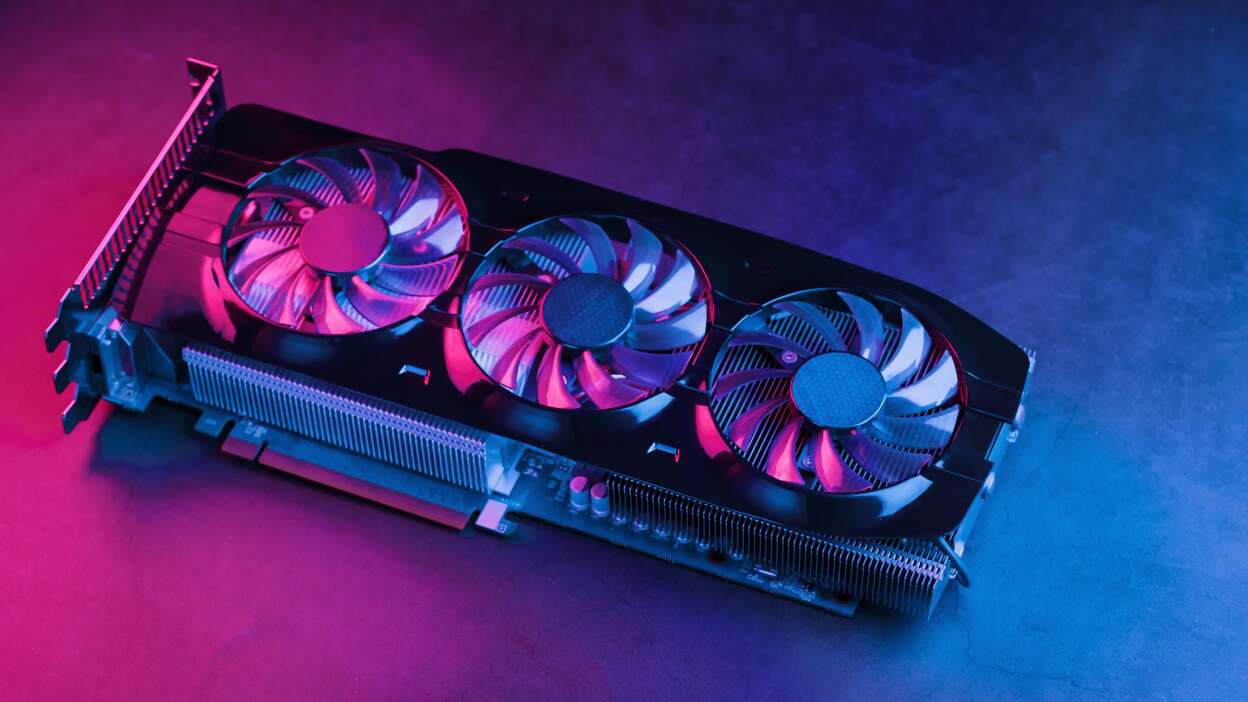
Smart Selection for Everyday Users and Gamers
Choosing the Right Graphics Card for Your Usage
Knowing your primary activities on the PC becomes essential when selecting the appropriate model. Everyday users who aren’t heavily invested in graphic-intensive tasks may opt for entry to mid-level graphics cards like the NVIDIA GeForce GTX 1650 or AMD Radeon RX 580. These offer more than sufficient performance for day-to-day use and casual gaming. However, avid gamers should aim for at least a mid-range card such as the NVIDIA GeForce RTX 3060 Ti to experience modern games with high-quality graphics and smoother framerates.
Finding the Sweet Spot Between Cost and Performance
When budget constraints are a significant consideration, finding the sweet spot between cost and performance is critical. Instead of going for the latest model, consider graphics cards that have proven their worth just after the release of newer ones. These cards often see a price reduction but still carry enough power for a vast majority of games and applications. It’s a strategic way to get more value for less, striking an ideal balance for most users.
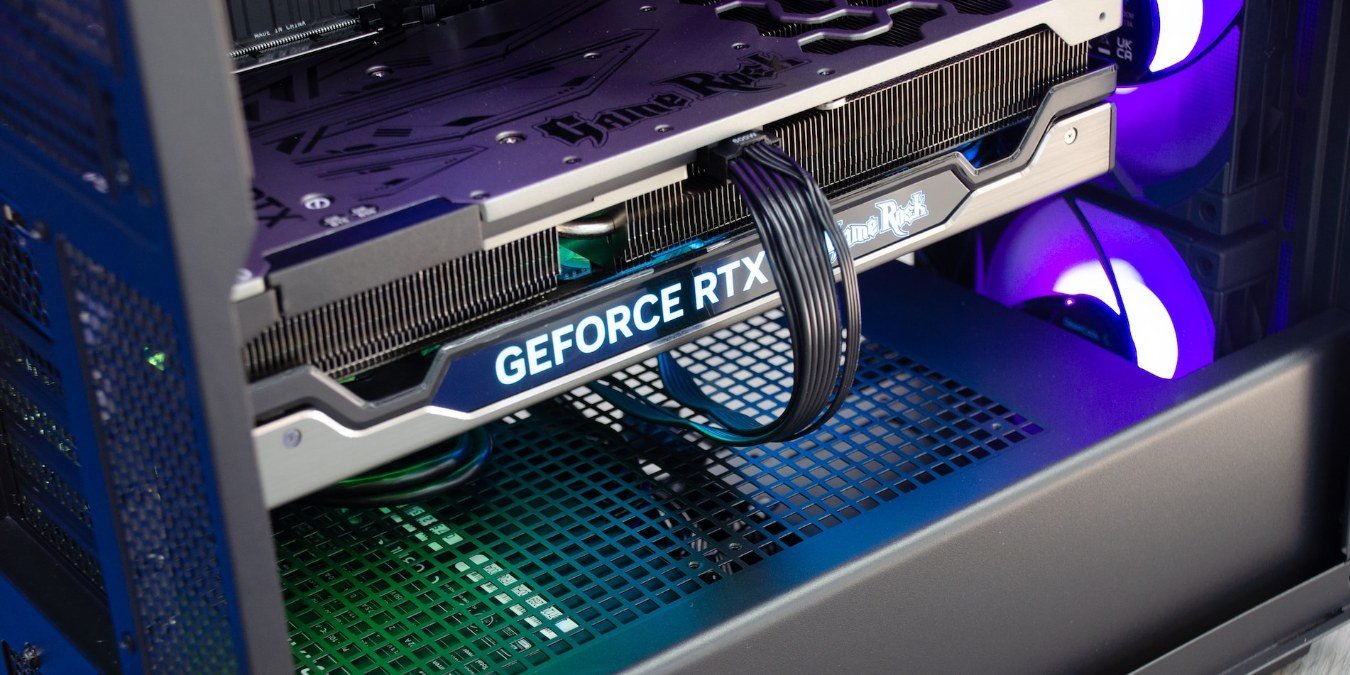
Options for Creative Professionals
Power and Precision for Creative Work
Creative professionals, such as graphic designers, video editors, and animators, require PCs with graphics cards that offer precision and high processing power. A graphics card with a substantial amount of dedicated VRAM and support for rendering technologies is essential. Systems with NVIDIA’s Quadro series or AMD’s Radeon Pro line are specifically tailored for these tasks, providing the power and reliability needed for complex creative workflows. Though these may come at a higher price, the investment reflects in the quality and efficiency of the professional work produced.
Efficiency and Workflow Enhancements
In addition to powerful graphics capabilities, creative professionals should seek PCs that help streamline workflows. Features like multiple high-resolution display support, fast memory, and expansive storage options are vital. Graphics cards and PCs that support these features not only help in producing high-quality outputs but also in making the creative process more fluid and less time-intensive, ultimately contributing to a more productive and satisfying work environment.
In conclusion, choosing the best PC with a graphics card for your budget requires careful consideration of your current and future needs. From entry-level options to mid-range values and premium picks, the market provides a variety of systems to fulfill diverse consumer requirements. By focusing on balance, upgradability, and smart spending, you can find a PC that not only fits your budget but also delivers on performance and longevity. Whether you’re a casual user, an aspiring gamer, or a professional content creator, there’s a PC out there with a graphics card that’s just right for you.
